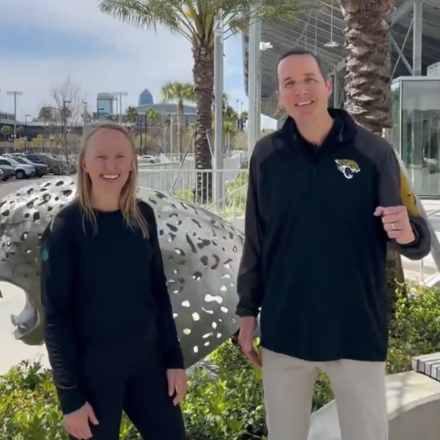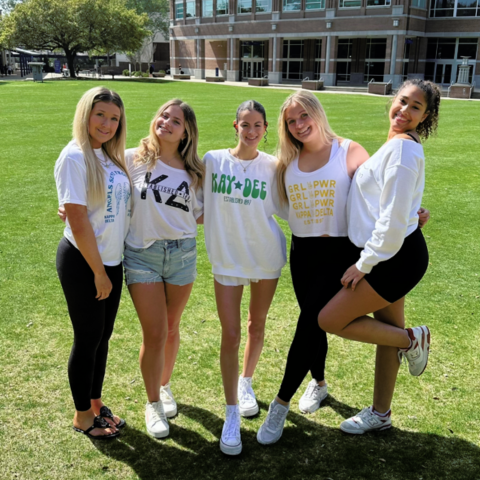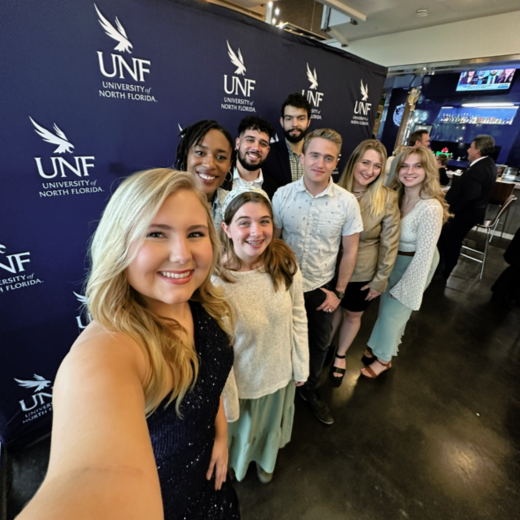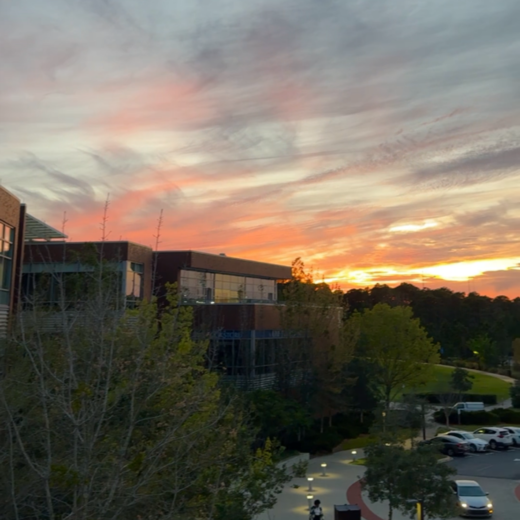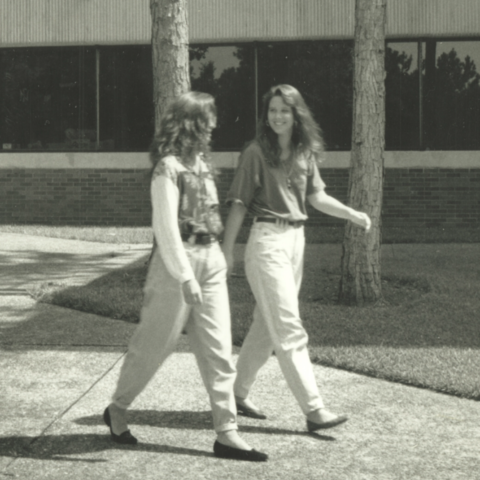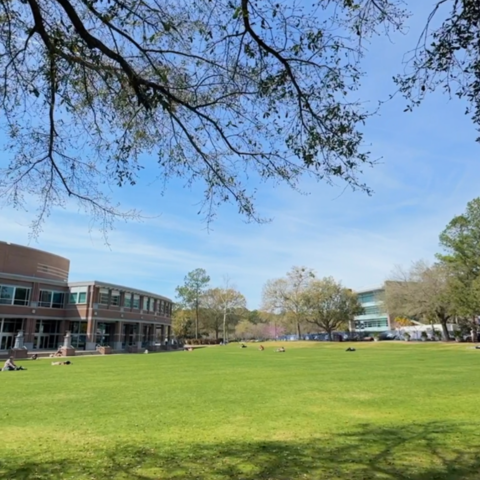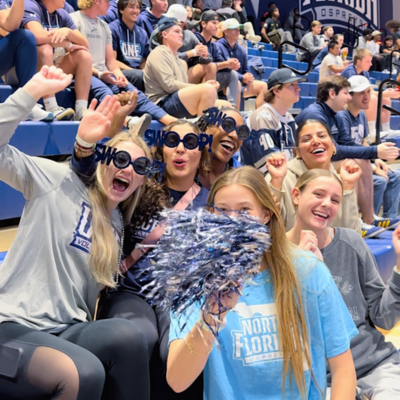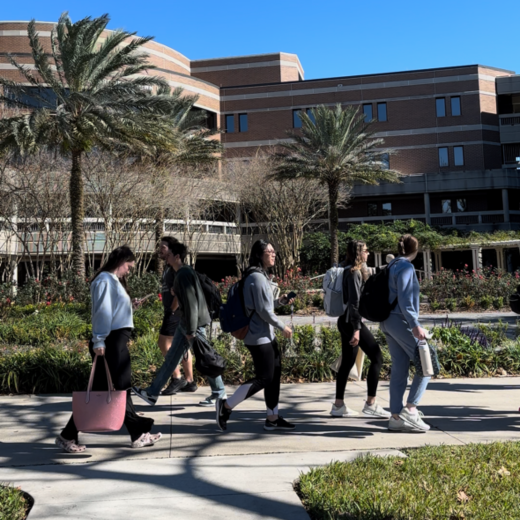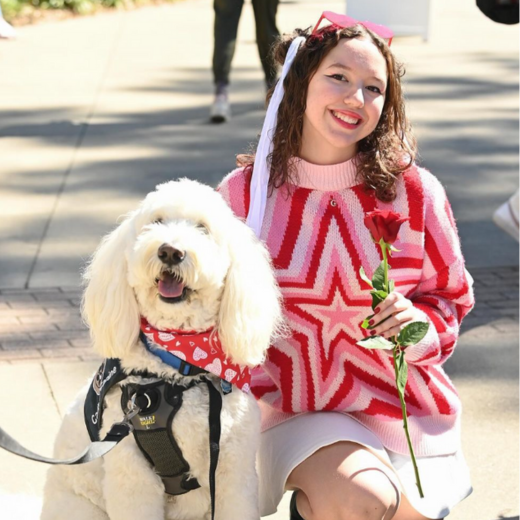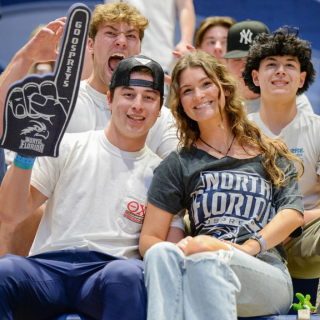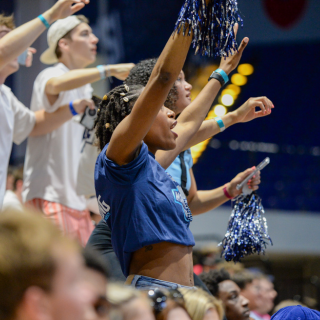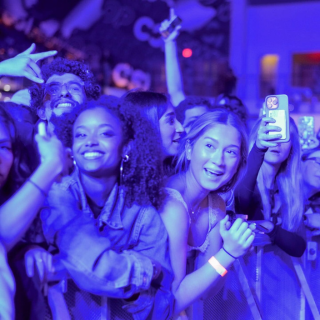oneColumn
Marketing and Communications
UNF Marketing and Communications works collaboratively with members of the Osprey community to bring the University’s story to life through engaging content, compelling narratives and inspiring imagery. We advance the UNF brand through strategic outreach — deploying a creative mix of traditional and emerging media and providing the campus community with unified strategies and guidelines. We protect and elevate the University’s reputation by sharing our student success, faculty achievement and community engagement with audiences throughout the region and beyond.






